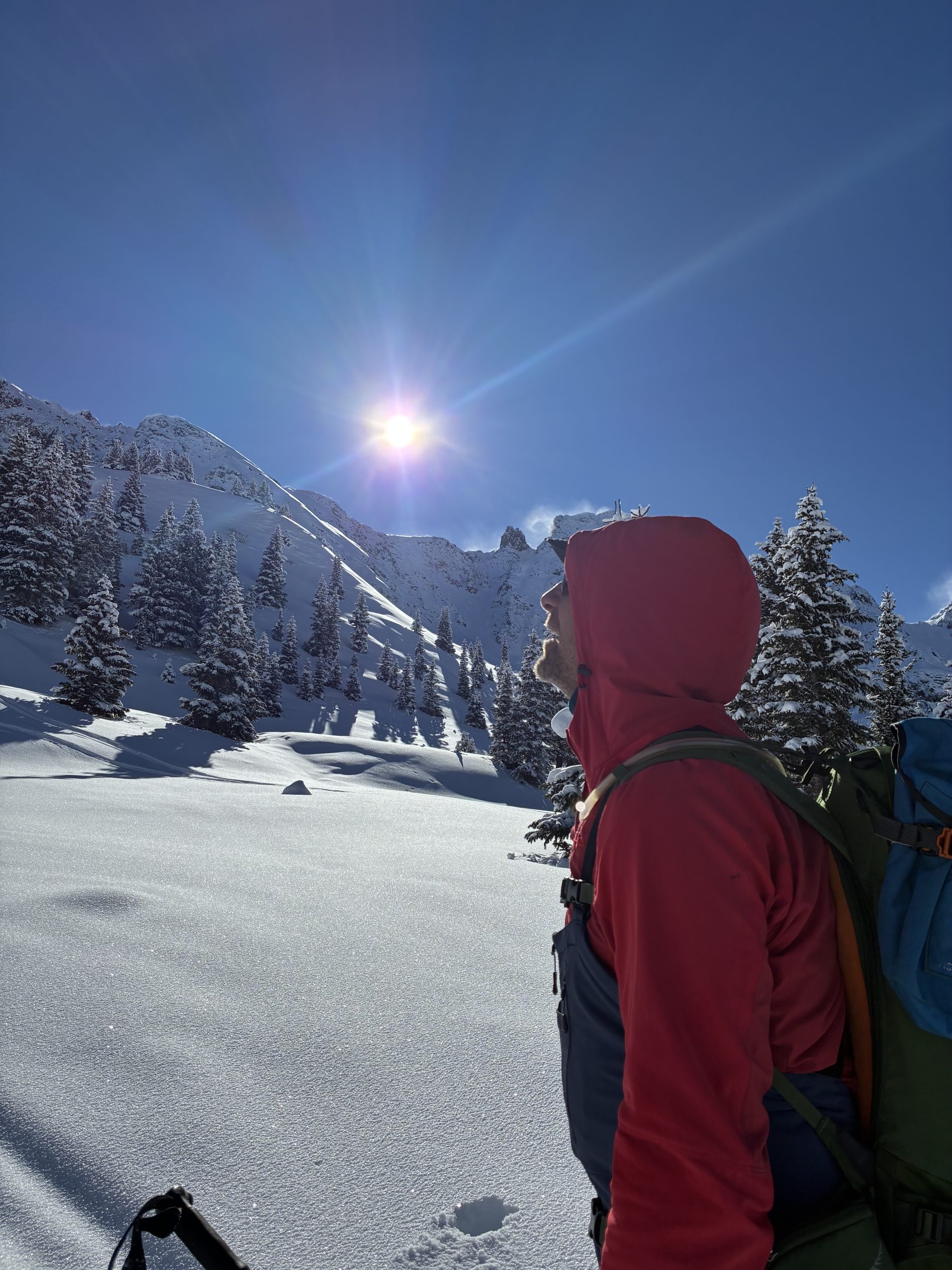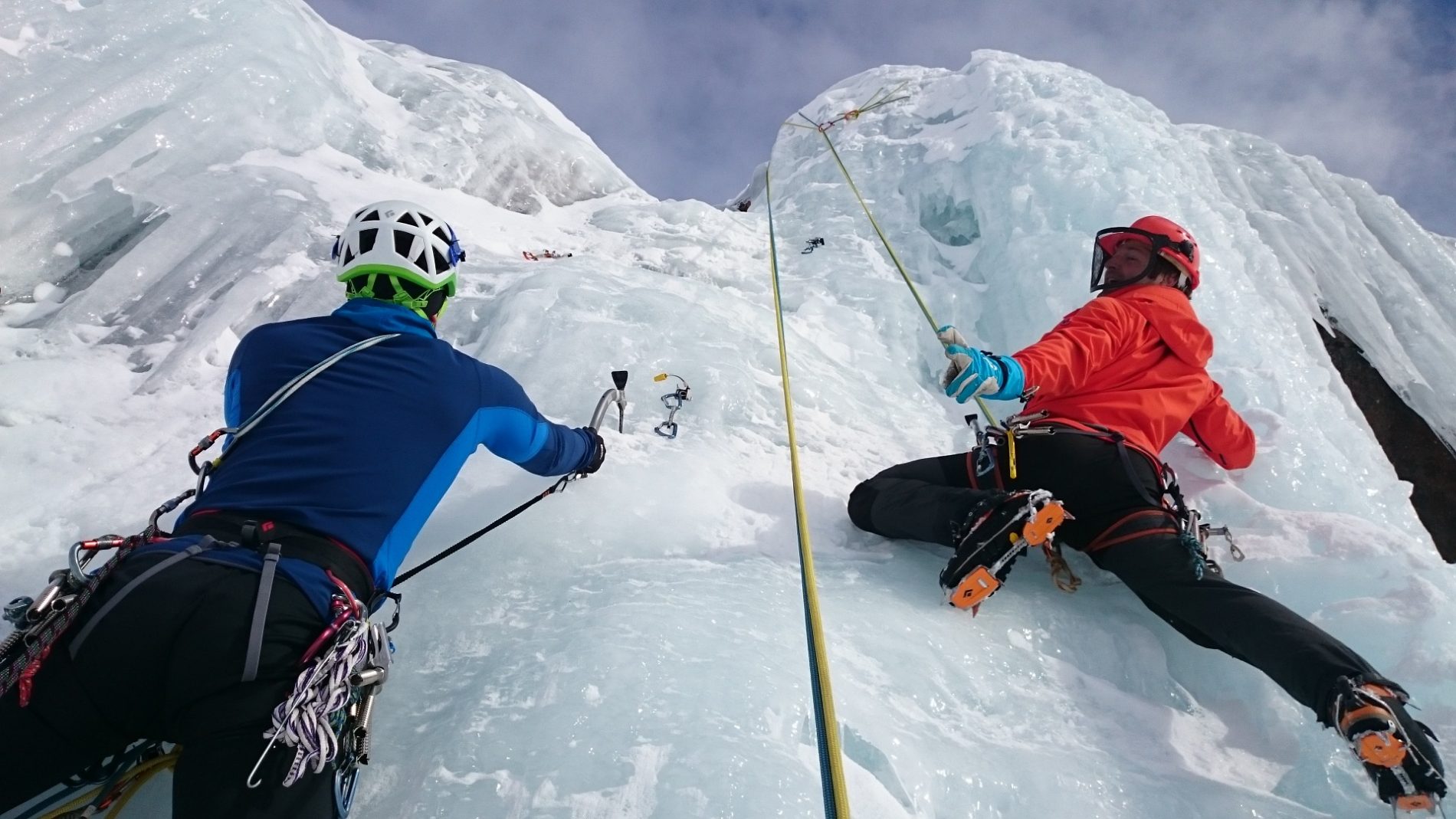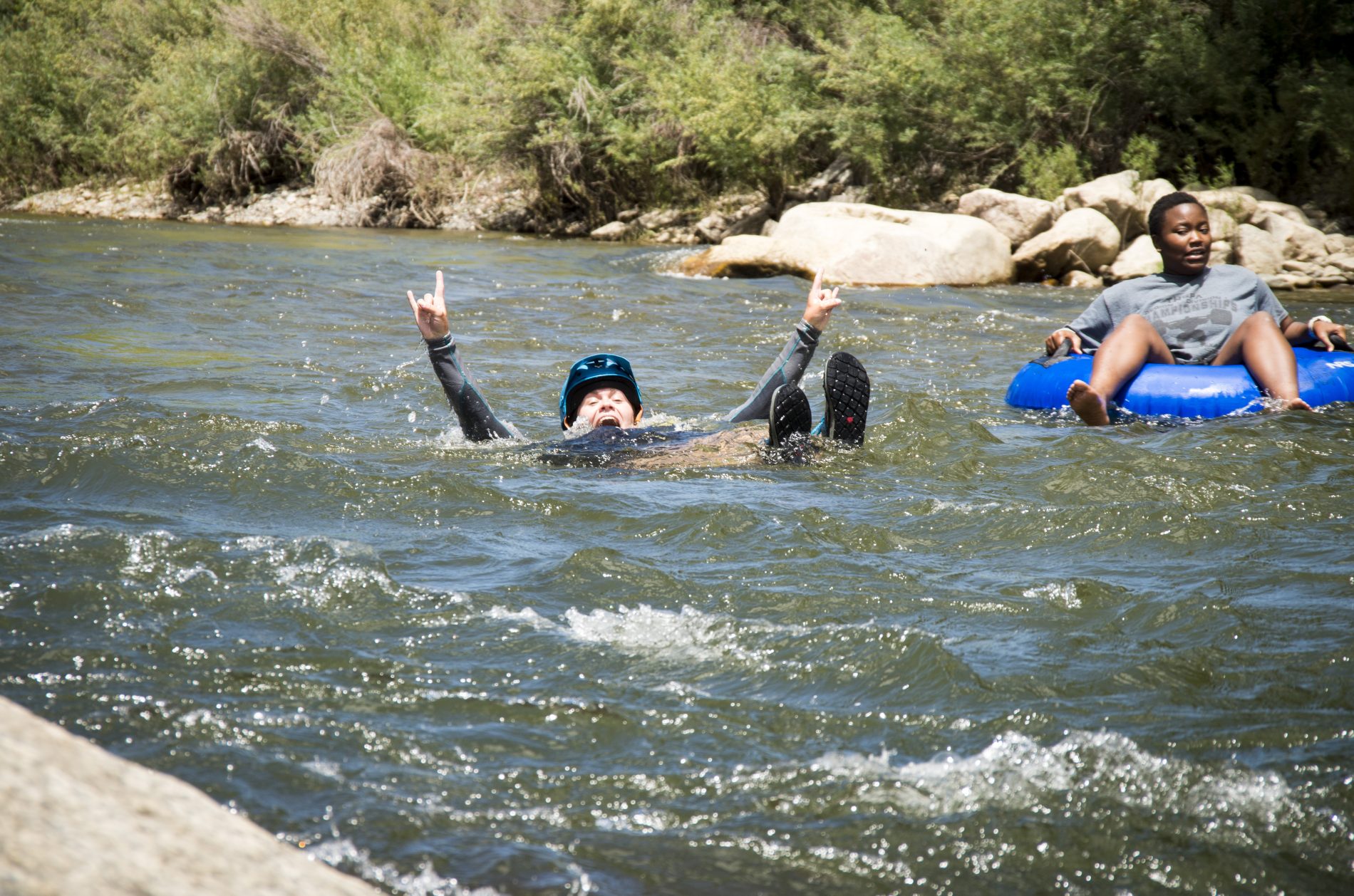
High-Pressure System? No Problem. There’s Still a Lot to do in (and out of) the Backcountry.


Quite a few high-pressure systems have come through Colorado this year, making for clear blue and sunny skies. But what about the wonderful powder we all crave for epic backcountry runs? For those of us who dream of deep snow, what is there to do in the meantime?
While you may not be getting your greatest runs—or any at all—there are lots of things you can do at home and in the backcountry while you wait for the low-pressure systems to come in. We recommend you consider the following:
Avalanche rescue skills are critical for anyone who ventures into avalanche terrain. When was the last time you practiced a full avalanche rescue scenario? Probably in your last avalanche course. Setting time aside with you and your partners to practice at home will ensure each of the steps has a better chance to stick. At a bare minimum, the avalanche rescue skills you practice should include scene safety and size-up, beacon search, probing, shoveling, and patient care considerations.
A snow pit is a crucial tool in assessing what we think is going on and verifying it or gathering more information to answer a specific question about the snowpack. Unfortunately, like many things, without practice, we get fuzzy on what exactly we need to look for each time we dig. Now’s the perfect time to go to a safe place, dig a test pit, and practice reading it.
Ice climbing developed from the pursuit of mountaineering as ice is frequently encountered in mountains. Since then, it has become a huge sport in its own right. Being outside with vistas that take your breath away, ice climbing combines the beautiful with the challenge of climbing a medium that frequently changes. So, why not go ice climbing with RMOC? We have guides ready to take you out!
Traveling through snow-covered mountain terrain is inherently dangerous. Route-finding in avalanche terrain is about minimizing risk and making critical decisions based on keen observations of your surroundings. You should practice identifying slope angle, “critical decision spots” as you move upwards, “terrain traps,” potential trigger points, and which direction the slope faces (the aspect).
With today’s technology, you don’t even have to leave home to scope your big spring line. With 3D mapping technology, like that offered by FATMAP, you can find your next mountain objective, scope it precisely, understand the risks, and make sure you don’t get lost.
It’s also never a bad idea to lace up the hiking boots and check out a few backcountry zones you plan on skiing before the snow flies. This will help you get a feel for the approach and the descent before you’re actually ready to ski it, so you’ll know what to expect. Seeing a line before it’s covered in snow (or when there’s little snow) also will help you identify any hazards—like boulders or downed trees—that you may not notice once it’s covered by thick snowpack.


